What does a cat spraying look like? And why do they do it?
Wondering, “what does a cat spraying look like?”. Here’s a roundup of everything you need to know about cat spraying, why your cat does it and how to stop them.
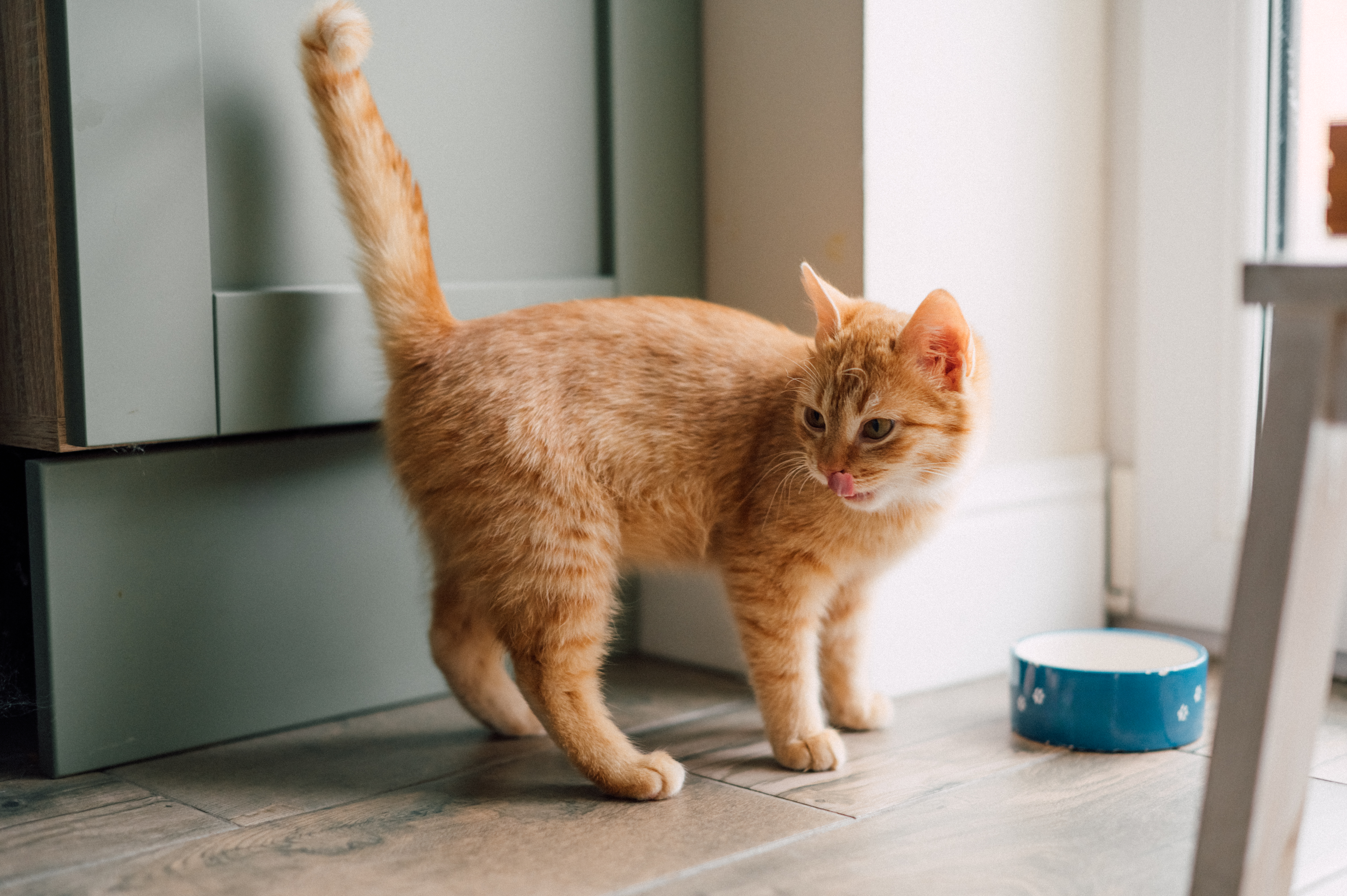
Ever seen your cat standing upright, quivering their tail and leaving a scent you crinkled your nose at? If this sounds familiar, you might be dealing with cat spraying. This sight might leave you confused and wondering “what does a cat spraying look like?”. To help you better understand your favorite feline's behavioral patterns, we’re here to give you the low-down on cat spraying.
Although cat spraying might be completely normal in the feline world, it’s not cool when your pet targets household items. Spraying is considered one of the worst cat behavioral problems!
Sadly, indoor elimination is a major reason why some people give up their cats. But with just a little bit of support and lots of love and care, your cat can totally kick this habit. To help you help your pet, we’re diving into the top things you should know about cat spraying.
What does cat spraying look like?
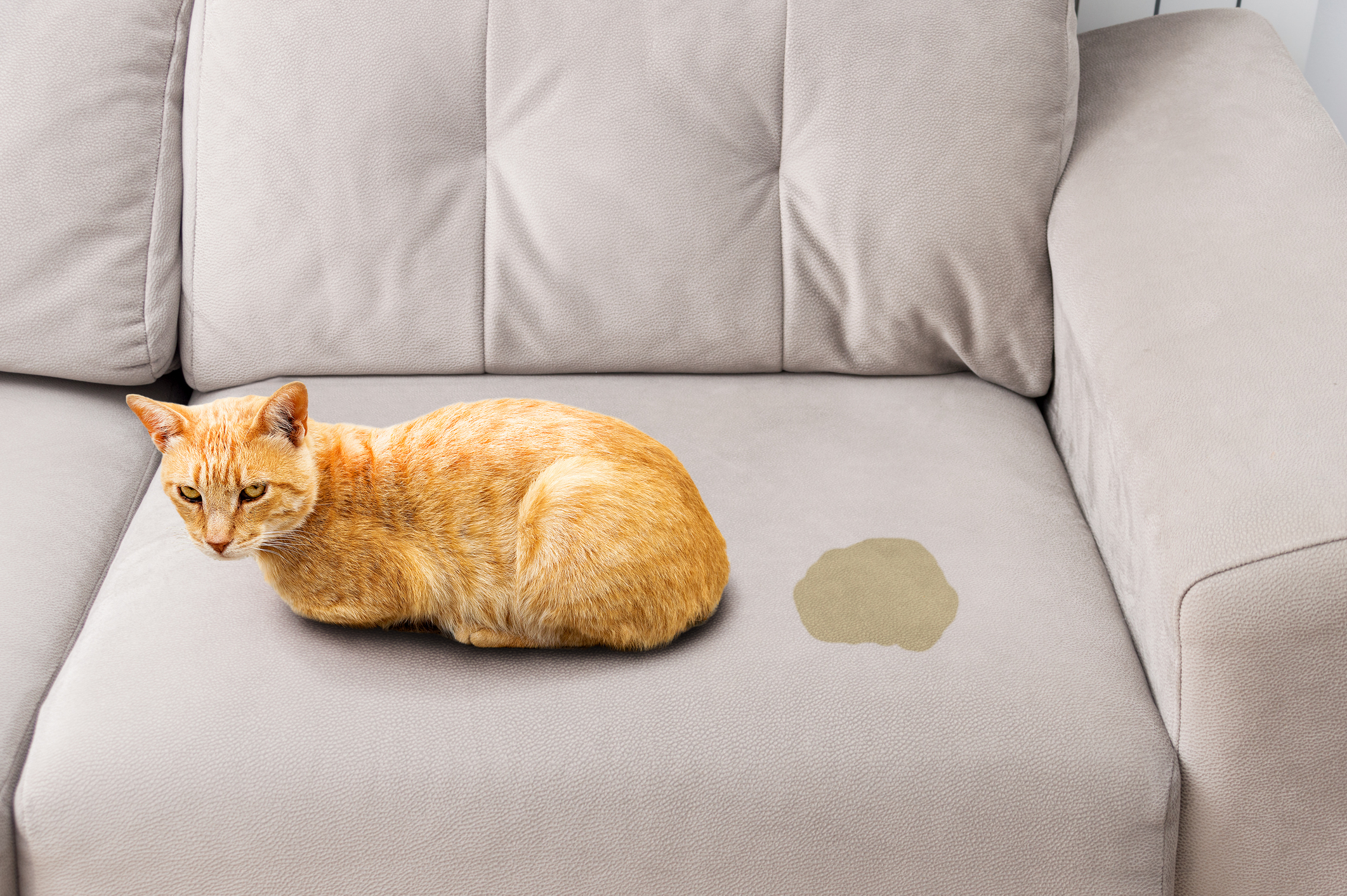
As a first step to addressing this behavior effectively, it is important to recognize what cat spraying looks like. If you’ve ever walked into a room and seen your cat standing upright with their tail held high while spraying urine onto a vertical surface, well, then you’ve witnessed a cat spraying. According to a 2019 study in the Journal of Feline Medicine and Surgery, spraying (also called urine marking) is urine deposited on vertical surfaces like a wall, curtain or door, while the cat is in a standing position.
So, spotting a spraying cat is pretty easy, not only due to the unmistakably unique posture they will take but also the distinctive scent. If your cat has sprayed in an area, it is likely to give off a pungent smell that will stick around for quite some time.
The same study also shows that your male cat is approximately 75% more likely to spray than your female cat. Beyond just the physical act of spraying, urine marking is a way of communication between cats without meeting face-to-face, kinda like cat-to-cat texting!
Why do cats spray?
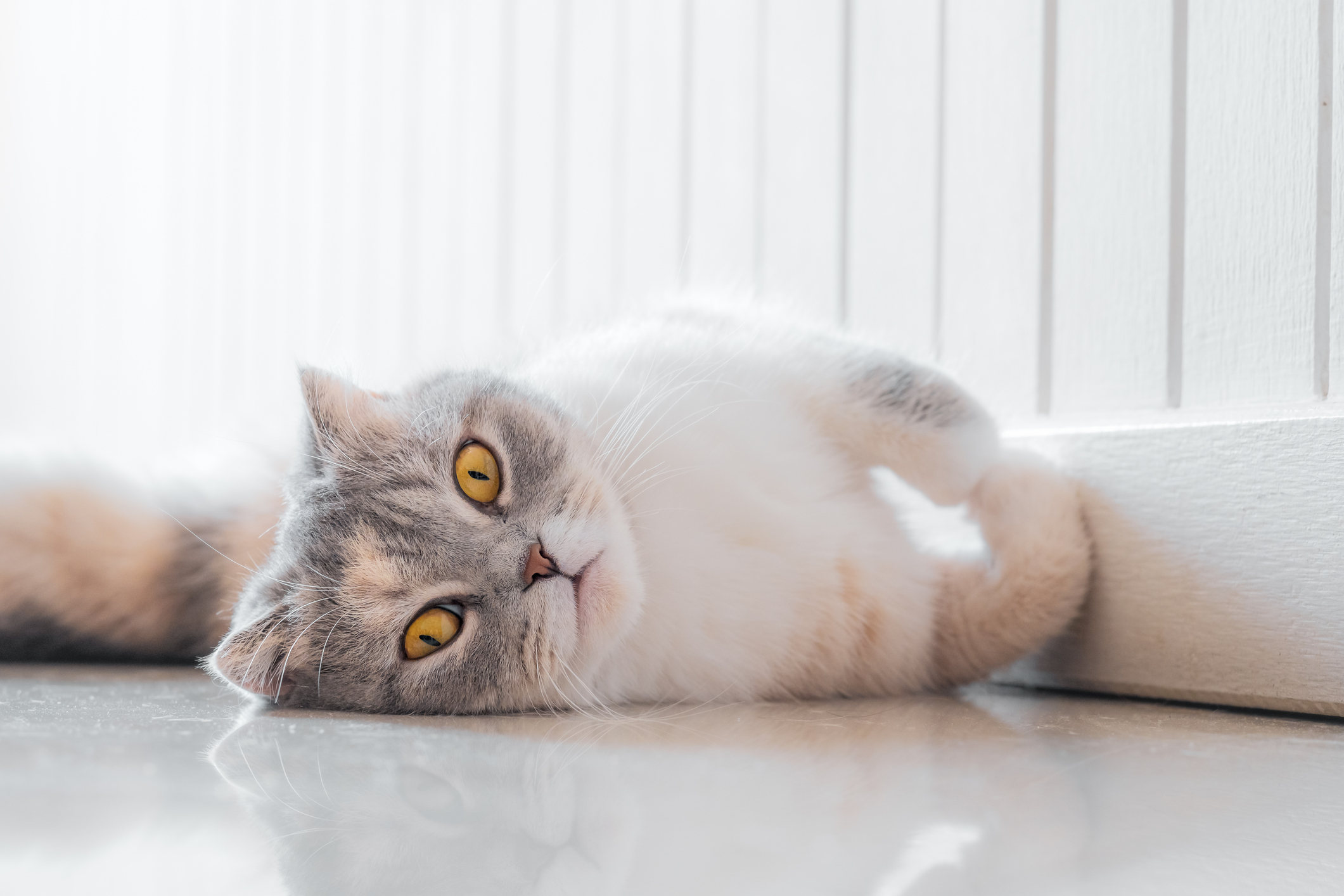
While it’s cozy for us cat-cuddlers to have our felines indoors, sometimes they perform these not-so-cuddly behaviors inside the house. So, why do cats spray? According to a 2023 study in the Journal of the American Veterinary Medical Association, a urinary tract infection could be the reason for this behavior and it’s important to rule it out immediately by visiting the vet.
PetsRadar Newsletter
Get the best advice, tips and top tech for your beloved Pets
Secondly, cats are territorial by nature and urine marking is an inherent behavior. If you see your cat spraying, it could be that they’re simply broadcasting their sexual availability. But sometimes, spraying can be a sign of stress, signaling that environmental/social factors might be worrying them. Several reasons can trigger this, including not getting along with other cats inside or outside the home, or feeling out of sorts because you moved into a new home. It’s all about figuring out what’s bugging your cat so you can help them feel secure enough to use their litter box. The study in the Journal of Feline Medicine and Surgery also explains that even the smallest change in your daily routine or your behavior toward them can set off spraying.
If you’ve been slacking in keeping the litter box clean or stashing it away where your kitty can’t reach it, your cat will probably start spraying. If you’re confused about whether your cats can share a litter box, check out can cats share a litter box?
Is cat spraying the same as peeing?
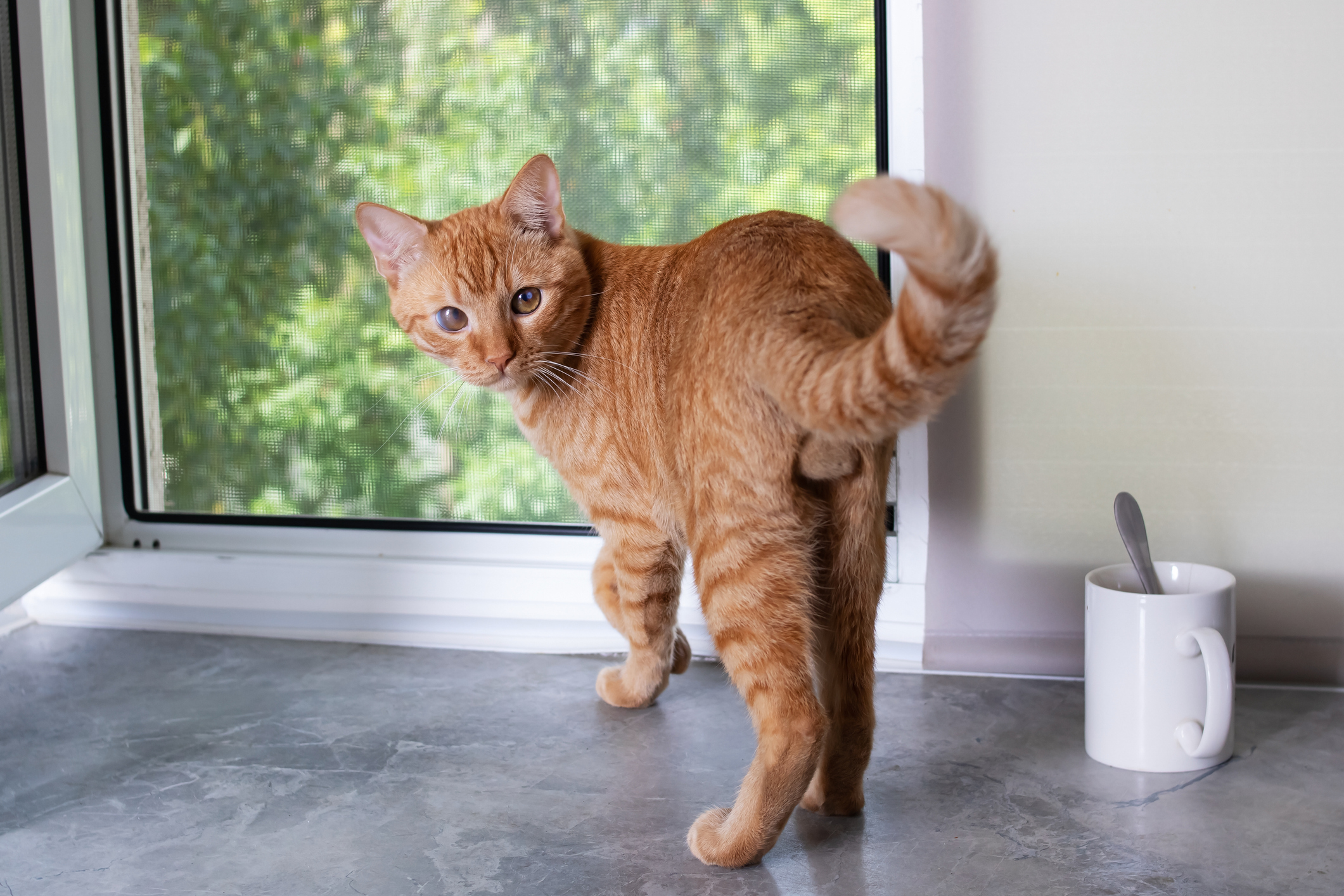
Alright, let’s address the confusion at hand. A 2020 case study in the Journal of Animals at the Multidisciplinary Digital Publishing Institute, explains that cat spraying is not the same as peeing! You might think your kitty is just peeing outside their litter box in an unusually weird pose but while peeing is about answering nature's call, cat spraying is an entirely different ball game - a feline form of expression.
You can clearly tell the difference between the two by your cat’s posture. If they’ve taken on the same distinctive stance we spoke about, it's definitely spraying. They’re marking their territory, and might have the “this spot is mine” look in their eyes! On the other hand, peeing is done sitting down, onto a horizontal surface and usually leaves a pool of urine in the designated spot.
Once you know if your cat is spraying or just doing their business where they aren’t supposed to, you can approach the problem with the right fix. It could be that your cat is not spraying but simply peeing outside the litter box. For more on that, take a look at our feature on why is my cat peeing outside the litter box?
Can you stop a cat from spraying?
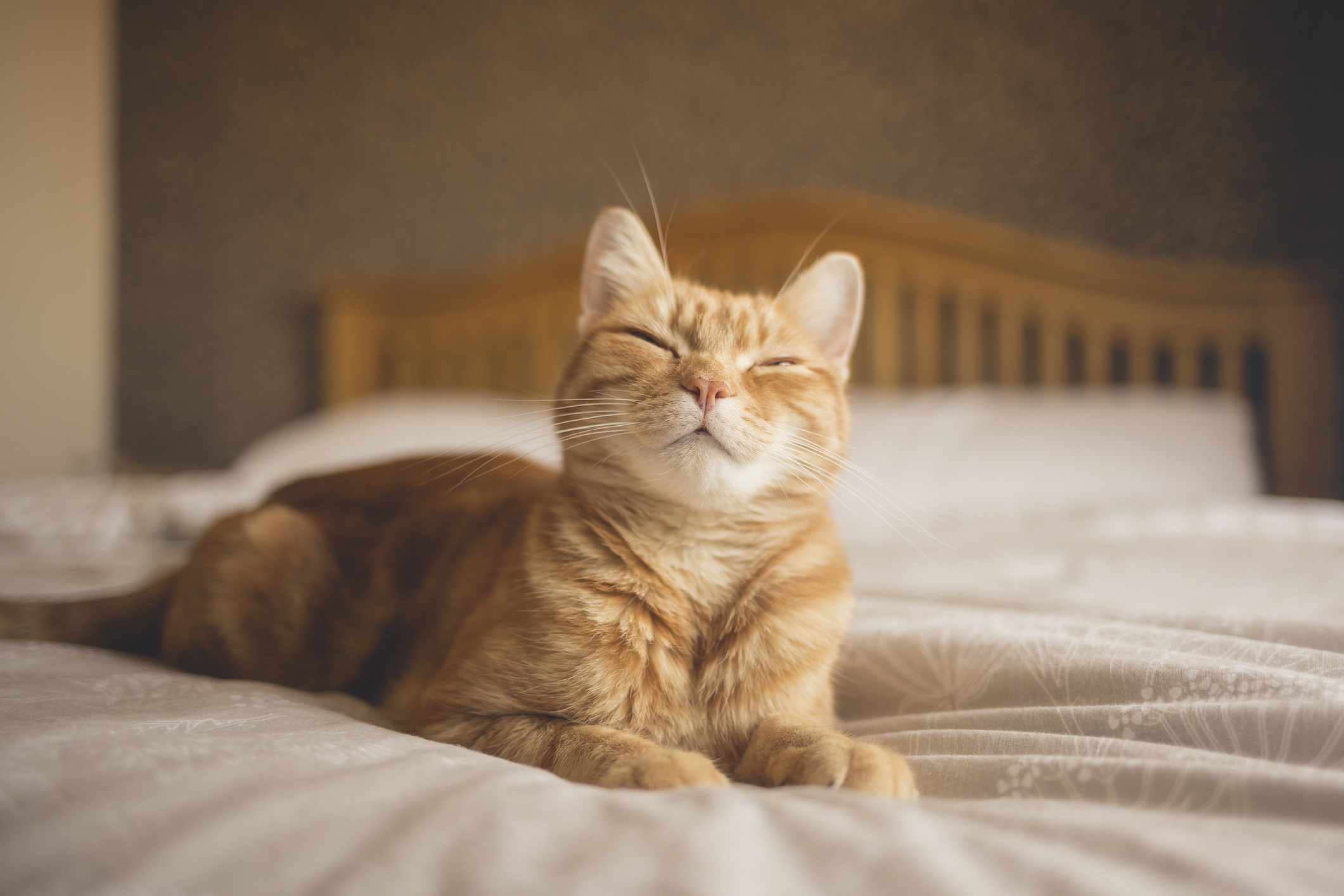
Absolutely! According to a study in the MSD Veterinary Manual, just a few tiny behavioral modifications can help your cat and prevent them from spraying again. First off, if your cat is spraying, there’s a definite reason behind it. It’s important for you to make a quick visit to the vet to identify that reason. With your vet, discuss your cat’s behavior and situation, the litter box arrangement and the home environment. This will help rule out a medical reason for spraying and approach it in the best possible way.
Whatever the reason may be, never punish your cat for spraying. Punishment is a big no-no and will make things worse. Even though you might mean well, your cat will misinterpret it and this might affect your relationship with them. Trust your vet to find the best treatment program for your cat.
As a rule of thumb, the study says to keep the litter box squeaky clean, place it where your cat can access it and make sure you’ve got enough boxes for all your favorite furballs. Scrub the area where your cat has sprayed to completely get rid of any smell that’s lingering around and toss a bit of dry cat food instead to stop your cat from using it to spray. Create a calm and loving routine for them. If you’re wondering how to help your cat feel less stressed, have a look at how to calm your cat during periods of high anxiety. Sometimes, your vet might also suggest medication and a few behavior modification tips to help get everything under control.

Nitika Ahuja is a digital culture graduate from King’s College London and a versatile writer with a passion for animal well being. Currently contributing to PetsRadar, her digital media experience extends from content writing to brand marketing. In her spare time, she likes to have endless video calls with her 8 year old retriever back in India or drink copious amounts of tea while hoping for more rain. With a strong foundation in writing and digital strategy, Nitika is dedicated to making a meaningful impact in animal welfare and media.
